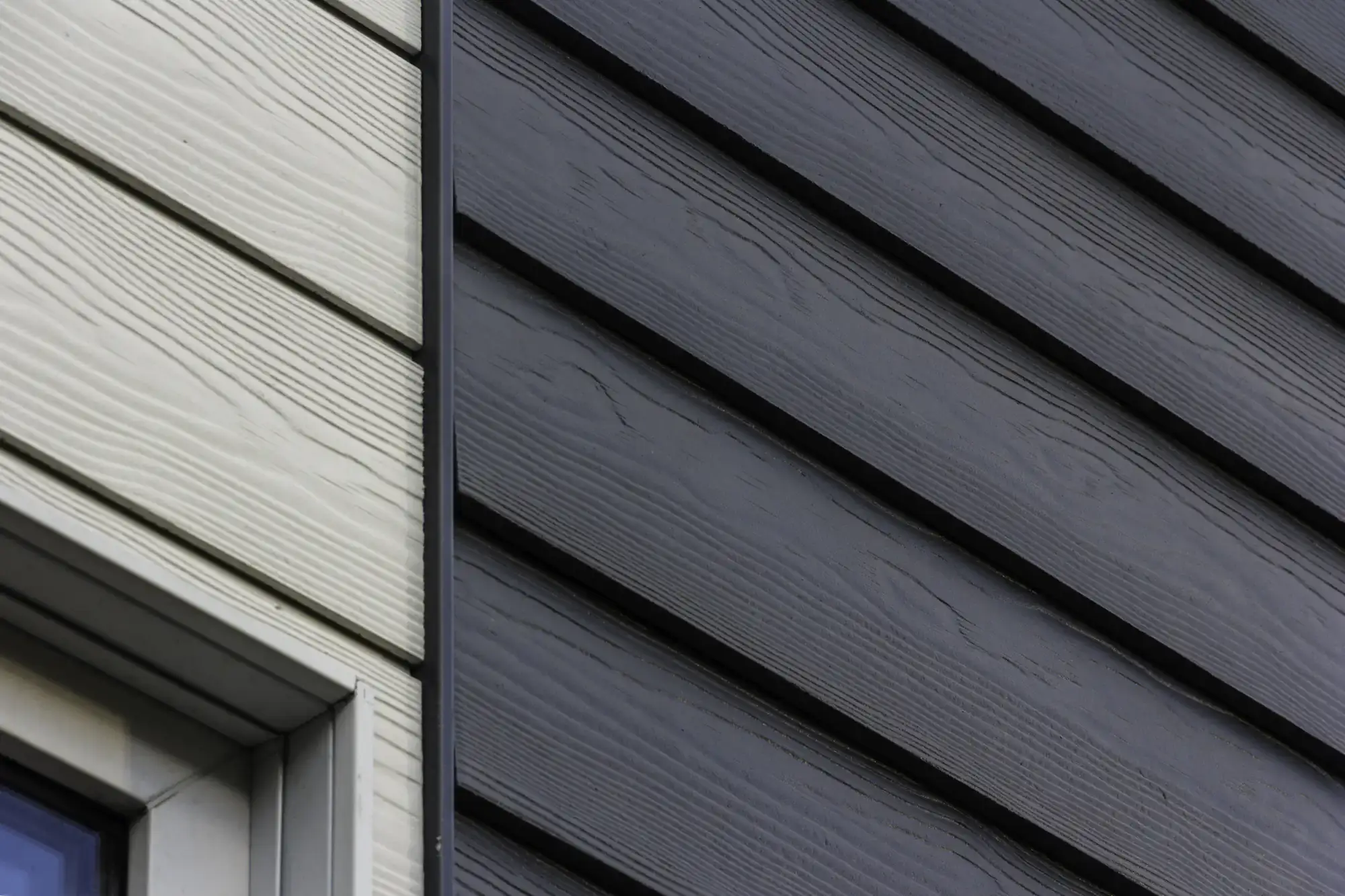
Hear from Our Customers
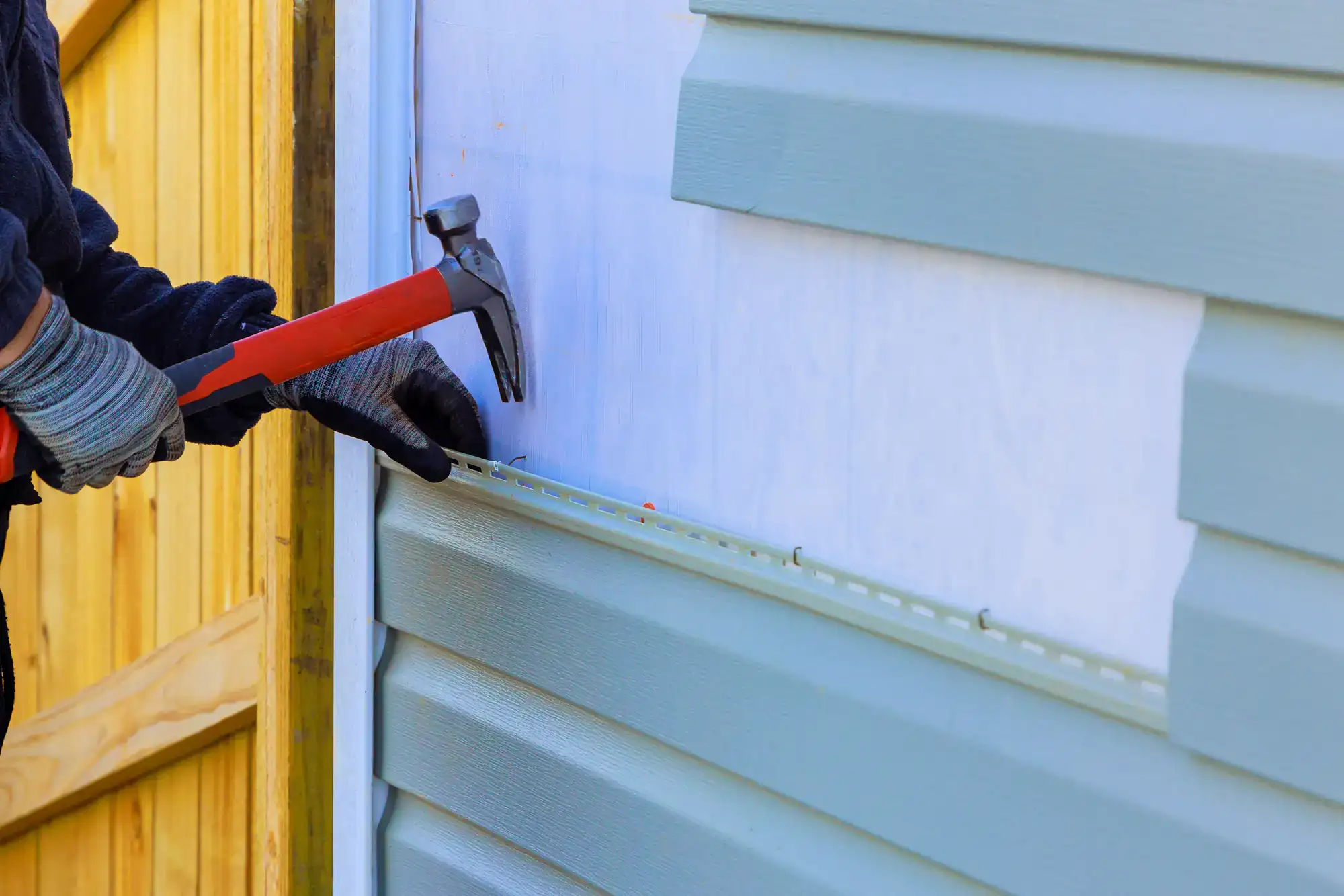
You know that feeling when you drive up to your house and actually feel proud of how it looks? That’s what happens when your siding does its job right. No more watching paint peel off in strips every few years. No more wondering if the next storm will leave you with water damage and a massive repair bill.
The right siding means you’re done with constant maintenance headaches. Your energy bills drop because your home actually holds temperature the way it should. And when it’s time to sell, buyers see a home that’s been protected and maintained—not one that’s been fighting a losing battle against Long Island weather.
Your neighbors will notice the difference, but more importantly, you’ll have that peace of mind that comes from knowing your home is genuinely protected.
We’ve been protecting Long Island homes for years, and we’ve learned something important: not all siding contractors understand what coastal weather really does to your home. Salt air doesn’t just make things look weathered—it actively breaks down materials that weren’t designed for it.
We’ve seen what happens when contractors use inland techniques on coastal homes. It doesn’t end well. That’s why we specifically choose materials and installation methods that account for humidity, salt exposure, and the temperature swings that come with living near the water.
When you work with us, you’re working with people who’ve handled everything from storm damage repairs to complete siding overhauls in Shinnecock Hills and throughout Suffolk County. We know which products actually last here and which ones are just marketing promises.
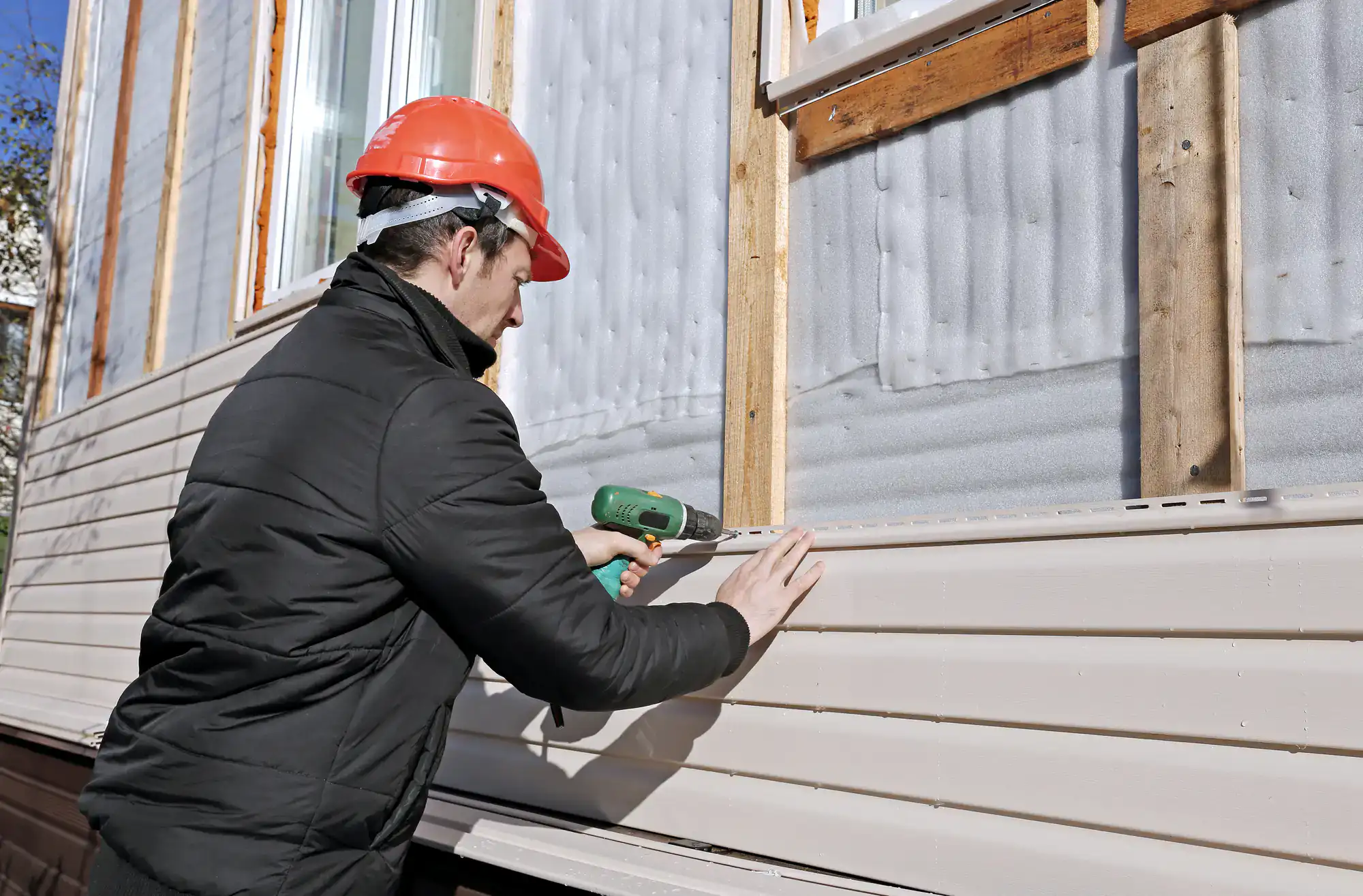
First, we come out and look at what you’re dealing with. Not just the obvious stuff—we check for moisture damage, look at how your current siding is handling the salt air, and figure out what’s actually causing your problems. Sometimes it’s obvious, sometimes it’s not.
Then we walk you through your options. Vinyl siding that’s built for coastal conditions. Fiber cement that won’t rot or attract pests. Insulated options that’ll actually cut your energy bills. We explain what each material does well and where it might not be the best fit for your specific situation.
The installation itself is where experience matters most. We handle the prep work that prevents future problems—proper moisture barriers, correct fastening for wind resistance, and details that most contractors skip because they’re not visible. When we’re done, your siding isn’t just attached to your house—it’s integrated with your home’s weather protection system.
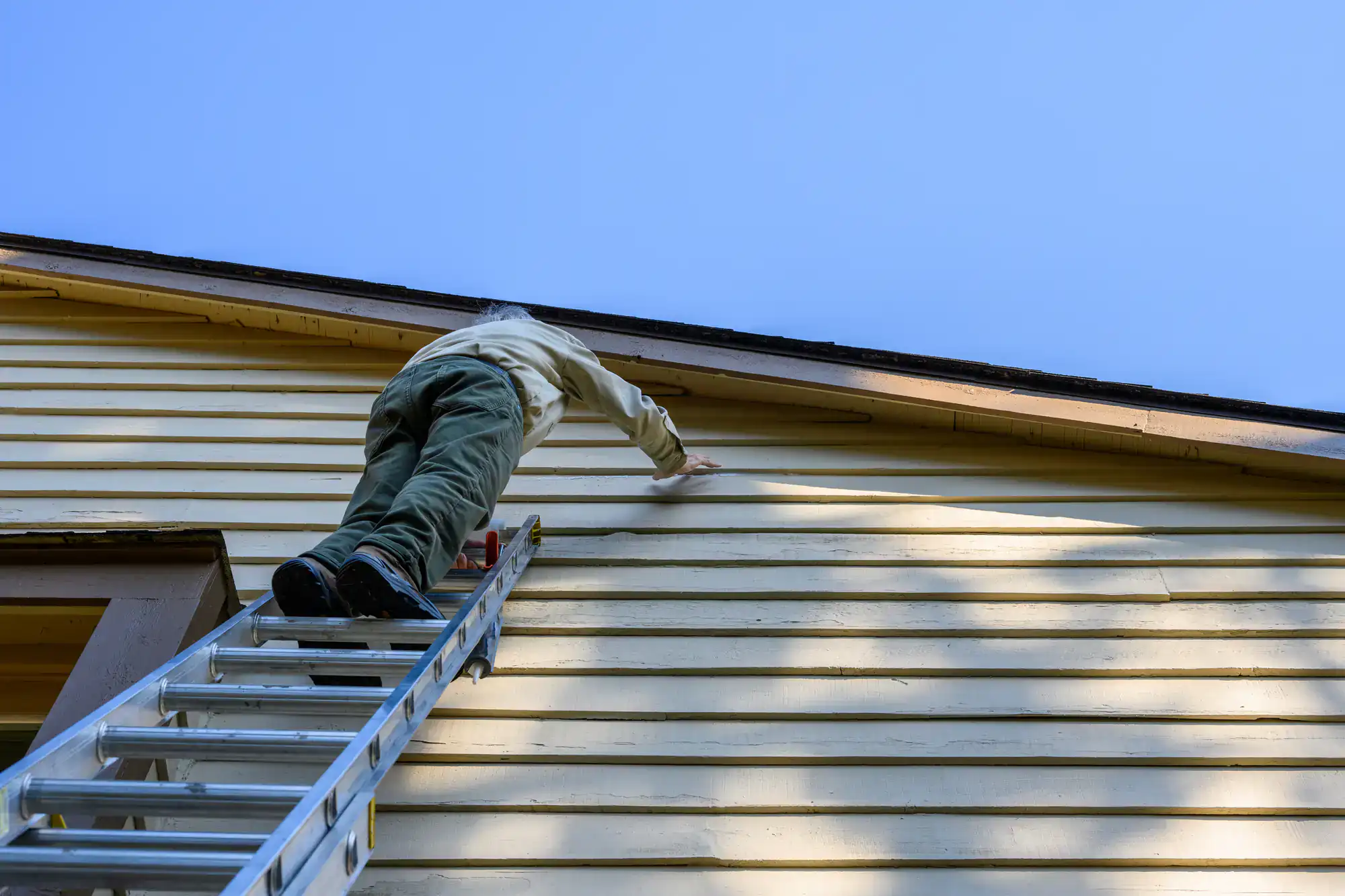
Ready to get started?
Professional siding installation means your home gets materials that are specifically chosen for Long Island’s coastal environment. We’re talking about vinyl that won’t crack in winter cold or fade in summer sun. Fiber cement that laughs at humidity and salt air. Insulated options that can actually reduce your heating and cooling costs by creating a proper thermal barrier.
But here’s what really matters in Shinnecock Hills: we account for the microclimate. Homes near the water face different challenges than homes a few miles inland. Wind patterns, salt exposure, moisture levels—it all affects how your siding needs to be selected and installed. We’ve learned these details through years of working in this exact area.
You also get installation that follows Long Island building codes and addresses the specific requirements for coastal construction. That means proper wind resistance ratings, correct moisture management, and attention to details that prevent the kind of problems that show up three years later when it’s too late to fix them easily.
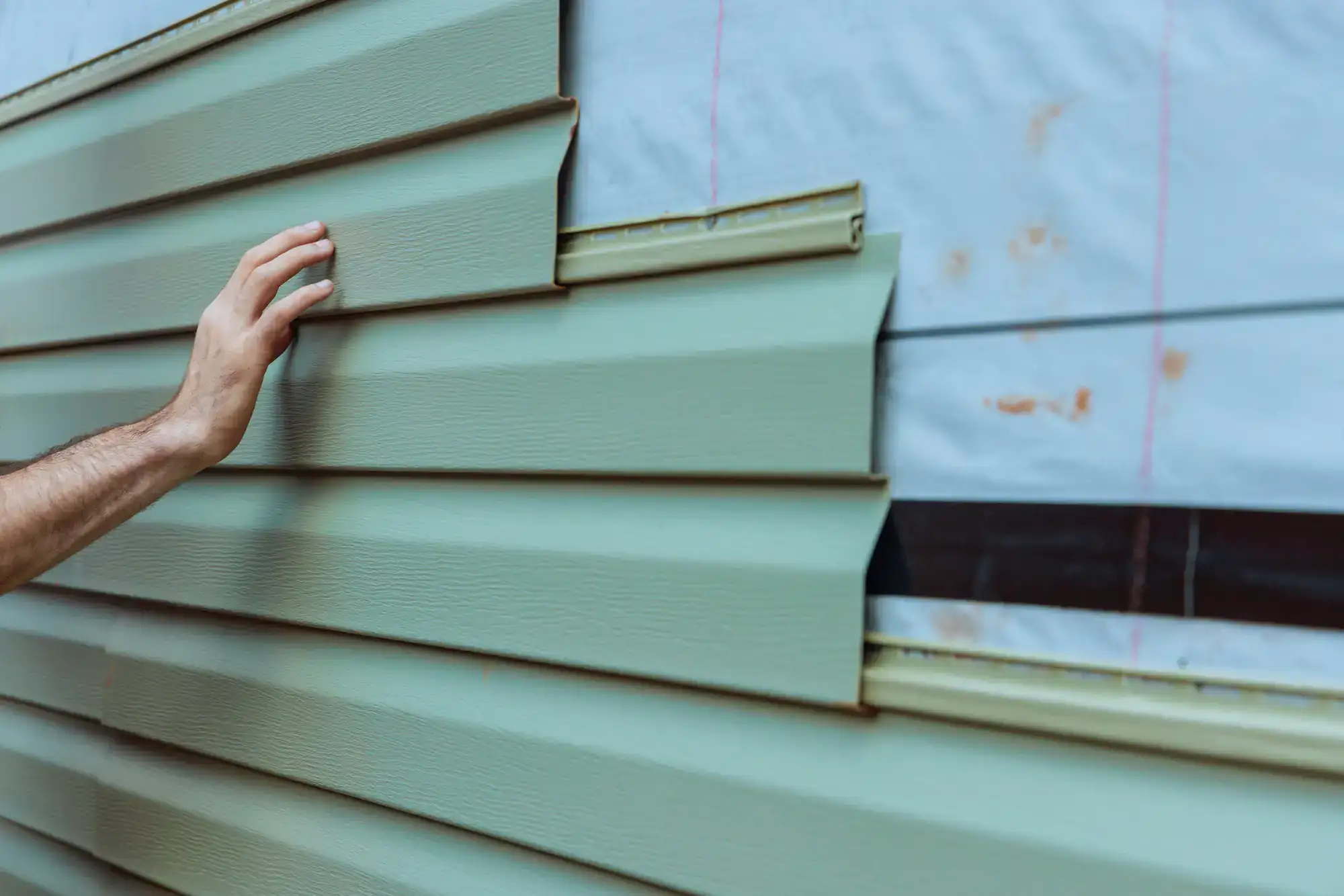
Vinyl and fiber cement are your best options here. Quality vinyl siding handles salt air and humidity well, won’t rot, and comes in styles that look great on everything from traditional Cape Cod homes to modern builds. Fiber cement is even more durable—it’s completely resistant to moisture, pests, and fire, which makes it worth the higher upfront cost for many homeowners.
Wood siding can work, but it requires much more maintenance in coastal areas. The salt air and humidity mean you’re looking at regular staining or painting, plus ongoing monitoring for rot and pest issues. If you love the wood look, fiber cement can mimic it without the maintenance headaches.
Most residential siding projects take 3-7 days, depending on your home’s size and the complexity of the job. Weather can affect the timeline—we don’t install siding in heavy rain or high winds because it compromises the quality of the installation.
If we’re dealing with significant prep work (removing old siding, repairing underlying damage, updating moisture barriers), that adds time upfront but prevents problems later. We’d rather take an extra day to do the prep work right than rush through it and leave you with issues down the road.
We’ll give you a realistic timeline during the estimate and keep you updated if anything changes. Most homeowners are surprised by how quickly the transformation happens once we get started.
Yes, but only if it’s done right. Insulated vinyl siding can significantly reduce heat loss in winter and heat gain in summer by creating a continuous thermal barrier around your home. This is especially effective in older homes that don’t have adequate wall insulation.
The key is proper installation. Gaps, thermal bridging, and poor sealing around windows and doors can eliminate most of the energy benefits. We pay attention to these details because we know Long Island homeowners are dealing with high energy costs and want siding that actually delivers on efficiency promises.
You’ll typically see the biggest impact on your heating bills, since that’s where most Long Island homes lose the most energy. The exact savings depend on your home’s current condition and the type of siding you choose.
Vinyl siding typically costs 30-50% less upfront than fiber cement, but the long-term math is more complicated. Quality vinyl lasts 20-30 years and requires minimal maintenance. Fiber cement lasts 40-50 years and holds its value better when you sell.
For most Shinnecock Hills homeowners, vinyl makes sense if you’re planning to stay in your home for 10-20 years and want the lowest upfront cost. Fiber cement makes sense if you’re in your forever home or want maximum resale value. Both are good investments when installed properly.
The real cost difference comes from maintenance. Vinyl needs occasional cleaning and very occasional repairs. Fiber cement might need repainting every 15-20 years, but that’s still much less maintenance than wood siding requires.
Look for obvious signs first: cracking, warping, loose pieces, or areas where moisture is getting behind the siding. In coastal areas like Shinnecock Hills, also check for salt damage—white residue, accelerated fading, or areas where the siding looks “eaten away” by salt exposure.
Inside your home, watch for unexplained increases in energy bills, drafts near exterior walls, or any signs of moisture problems like peeling paint or musty odors. These often indicate that your siding isn’t protecting your home the way it should.
If your siding is more than 20 years old and showing multiple issues, replacement usually makes more sense than ongoing repairs. We can assess your specific situation and give you an honest recommendation about whether you need full replacement or if targeted repairs will buy you a few more years.
Quality siding installation typically recoups 70-85% of its cost in increased home value, and that number tends to be higher in desirable areas like Shinnecock Hills. Buyers pay attention to exterior condition because it tells them how well a home has been maintained.
New siding also makes your home more attractive to buyers by eliminating a major maintenance concern. When buyers see fresh, quality siding, they know they won’t be dealing with exterior repairs for years to come. This is especially valuable in coastal areas where exterior maintenance can be expensive.
The exact value increase depends on your home’s current condition and the local market, but we’ve seen homeowners recover most of their siding investment when they sell, plus they get years of lower maintenance costs and energy savings while they live there.